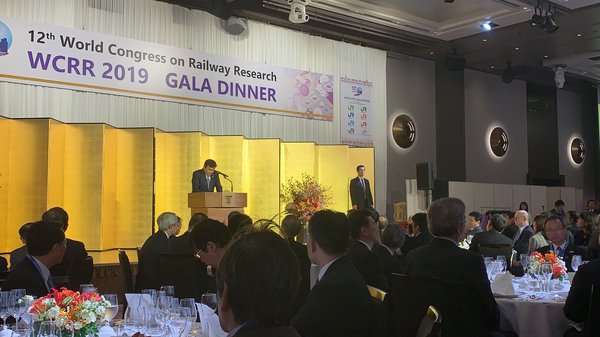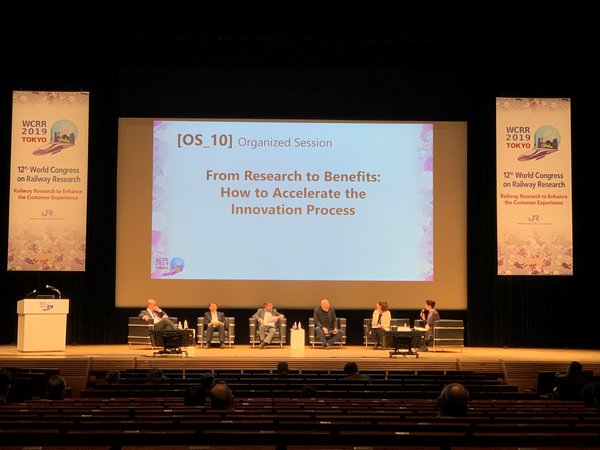WCRR 2019 Tokyo
On the state of the art
The railway world keeps changing. Digitalisation and climate protection are key topics. Battery-powered trains are being tested while hybrid locomotives and fuel cell power cars are already being used successfully, all showing for, as does a fully electric track maintenance machine, rapid progress in an ever-changing world. Rail travel is inherently eco-friendly. In addition, rails are increasingly viewed as a system comprised of everything from urban traffic to high-speed trains, technical design to disposal, short-trip-tickets to the New Silk Road, overhead line system to the superstructure. Everything is connected. Globally. This also holds true for railway research carried out by universities and companies. Held in 1994 for the first time, the WCRR World Congress on Railway Research is another manifestation of such collaboration.

